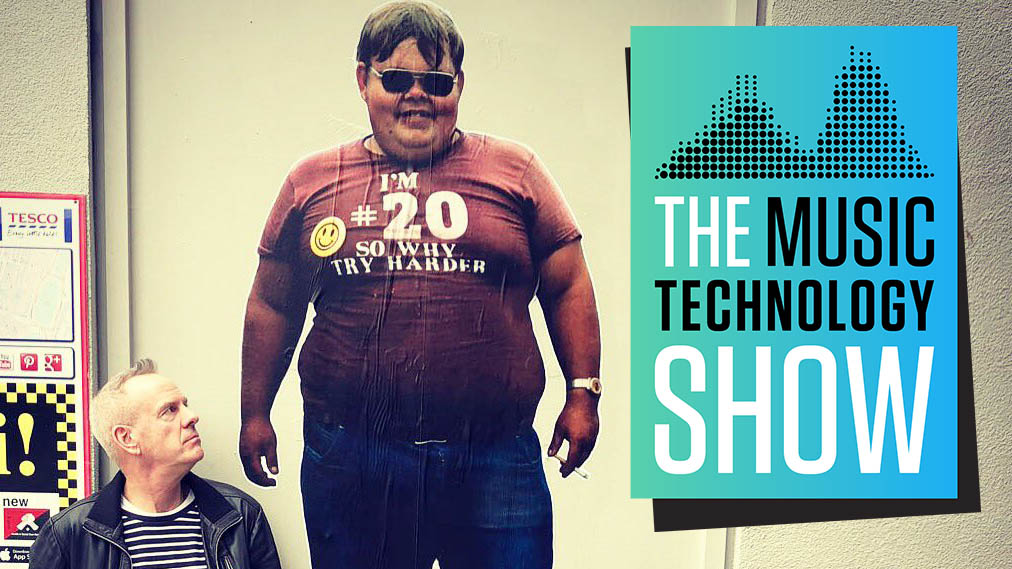The ultimate beginner's guide to extreme effects and plugins
Sometimes, more is more: we survey the history of creative effects processing and offer up 12 plugins that push the boundaries
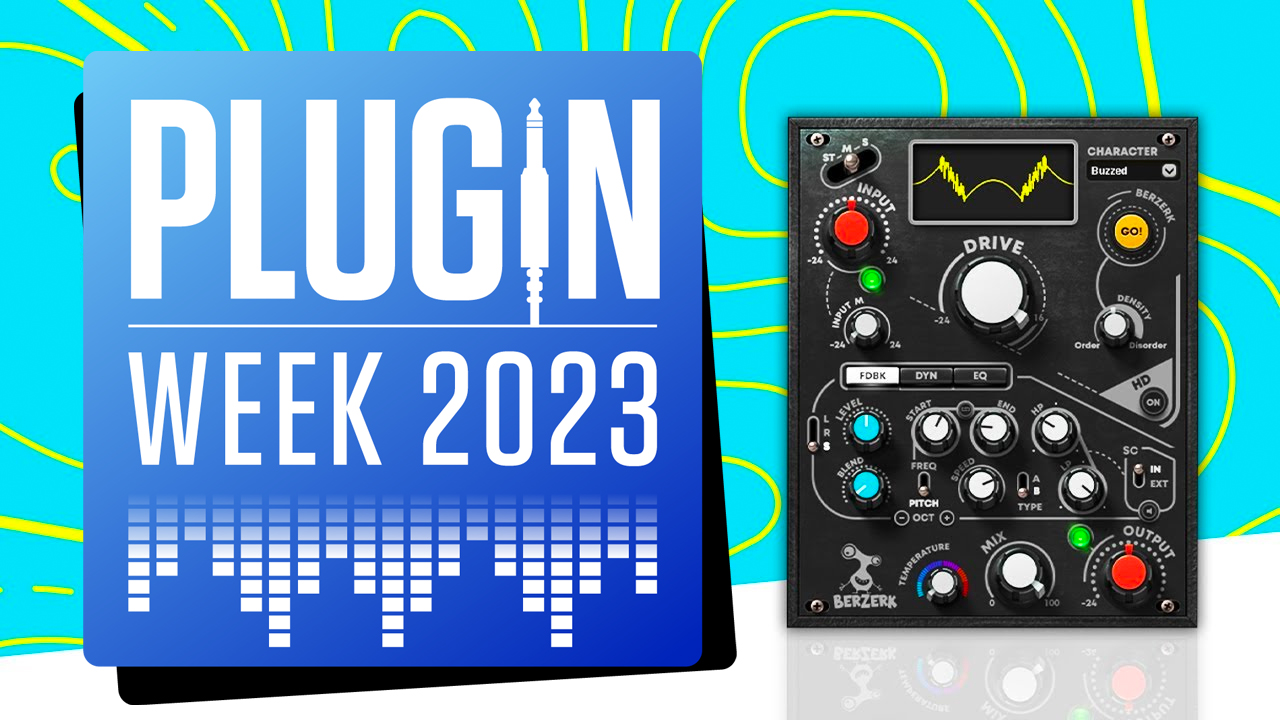
PLUGIN WEEK 2023: Most music sits within tried and tested boundaries and, although the artists might not like it, is 'put in a box'. This makes perfect sense, as the vast majority of listeners don’t want their senses battered or their musical expectations tested whenever they turn on the radio or let The Algorithm decide what to play them next.
But despite these limitations, recorded music history is still littered with examples of people who searched for something new and pushed the musical boundaries.
Contemporary music production is the culmination of decades of techniques and technological advancements, and much of what we now do in our DAWs exploits techniques that were developed long ago using very different equipment.
That said, much of what we now view as standard practice was once seen as cutting edge. Listen to any number of Motown tracks from the 1960s, and it’s often the sound of the compressor audibly kicking in or the sound of the analogue tape saturating that adds the energy and flavour. Whether this was intentional or not is unclear, and the engineers at the time would have also been trying to achieve the best signal to noise ratio on the available tape.
Either way, it certainly contributed to their signature sound and today using and abusing compression in audible ways is commonplace. At a similar time, engineers started sticking mics inside kick drums (this was initially quite frowned upon) or putting tea towels on snare drums. Both delivered a tighter sound and eventually led to a situation where close miking drums became standard practice.
Taking risks resulted in music production techniques changing and evolving in creative and cutting-edge ways
There are plenty of other examples, whether it be overloading analogue mixer channels or even master busses, using and abusing hardware processors such as reverbs or overdriving physical processors such as spring reverbs or tape delays. And you can couple these techniques with slightly out there production concepts such as recording a drum kit, one drum at a time (Martin Hannett), or simply turning a domestic setting into a studio (Joe Meek et al). Much of this seems pretty tame nowadays, but the examples reveal how necessity or simply taking a few risks resulted in music production techniques changing and evolving in creative and cutting-edge ways.
But the story of pushing boundaries and going off the beaten track isn’t simply about technology, although that’s important. It’s also about musical vision, and often it takes someone with an understanding of both music and technology to move things forward. One such example was in the early 1970s, when a young French musician was looking to bring the experimental sounds and techniques of electronic composers to a more mainstream audience.
Want all the hottest music and gear news, reviews, deals, features and more, direct to your inbox? Sign up here.
Eventually, and armed with ARP and EMS synths, Jean-Michel Jarre created a timeless album of melodic and soulful instrumental electronic music. He also showed it was possible to work on this in what was effectively a home studio, and that this music could be commercially successful. And that final part is vitally important, as at the time music technology was an expensive past-time.
Cost was still an issue less than a decade later when sampling technology was in its infancy. Early adopters such as Trevor Horn and Steve Lipson showed it was possible to successfully incorporate sequenced real sounds into mainstream productions, and 40 years later tracks such as Relax and Two Tribes by Frankie Goes To Hollywood still sound impressively crisp and hard-hitting.
Nowadays the technical aspects of sample-based productions like these can be achieved quickly and seamlessly in any number of affordable DAWs. Back then the process required not only ludicrously expensive hardware (see the Fairlight CMI) but also the ability to integrate it with other expensive hardware such as tape machines and a mixing desk. It sounds simple enough, but often these integrating aspects provided the greatest hurdle for cutting edge producers of the time.
Of course, for sampling, the real game changer was making the process affordable. Hardware such as Akai’s 12-bit S900 and subsequent variants took sampling to the masses and paired with a reliable software-based MIDI sequencer (Emagic Notator for example) on a reliable computer platform (the classic Atari 1040ST) delivered a system that served producers such as Norman Cook (Fatboy Slim) very well for many years.
Add in the fact you could synchronise these systems with a tape machine, which was the de facto method of multitracking, and it’s pretty obvious why this precipitated an explosion of homegrown boundary-pushing music. That said, the technology was by no means transparent and often quite clunky and frustrating to use. Time stretching in particular was a bit hit and miss and repeating the process would create a snowball of audio degradation.
So, when you hear the crazy slow down and speed up section in Rockafeller Skank, a process that uses time-stretching to maintain pitch but change the tempo, it’s important to accept that although today’s tools could do this quickly and with better fidelity, at the time it was a challenge and probably took a bit of time to get right. That said, the audio artefacts and various phasey sections – quite possibly where it’s been knitted together – are all very much part of the charm.
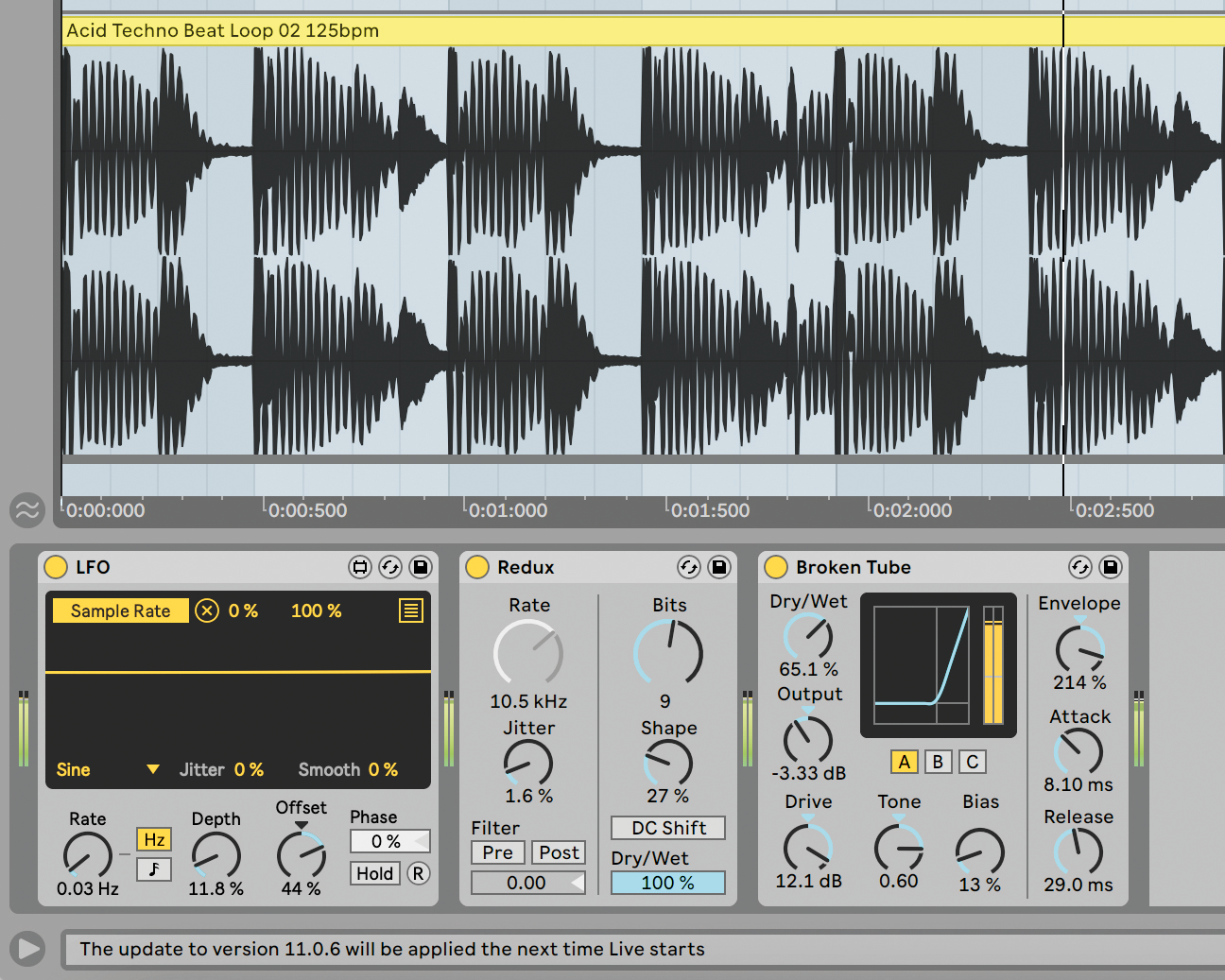
In praise of extreme effects processing: how pushing the boundaries can spark inspiration
After sampling, the next big technological shift was all about DAWs and doing the whole thing in the box. If sampling offered a taste of what it would be like to level up, then the domination of DAW-based production has really hammered this home. That said, this process did not happen overnight.
For a number of years, the dominance of Pro Tools, with its proprietary hardware and plugin format, once again gave the lead to those with a decent budget. Frustrating though this was for a number of creatives, other systems did develop in parallel, and Steinberg’s VST remains an equally important development.
In terms of pushing boundaries, software-based production ushered in one of the most revolutionary, overused, controversial and game-changing processors of all time: Auto-Tune. This wasn’t the first tool to re-pitch audio, and engineers had already exploited hardware such as Eventide’s Harmonizer for this purpose. But the idea that a plugin could automatically fix tuning so successfully was new.
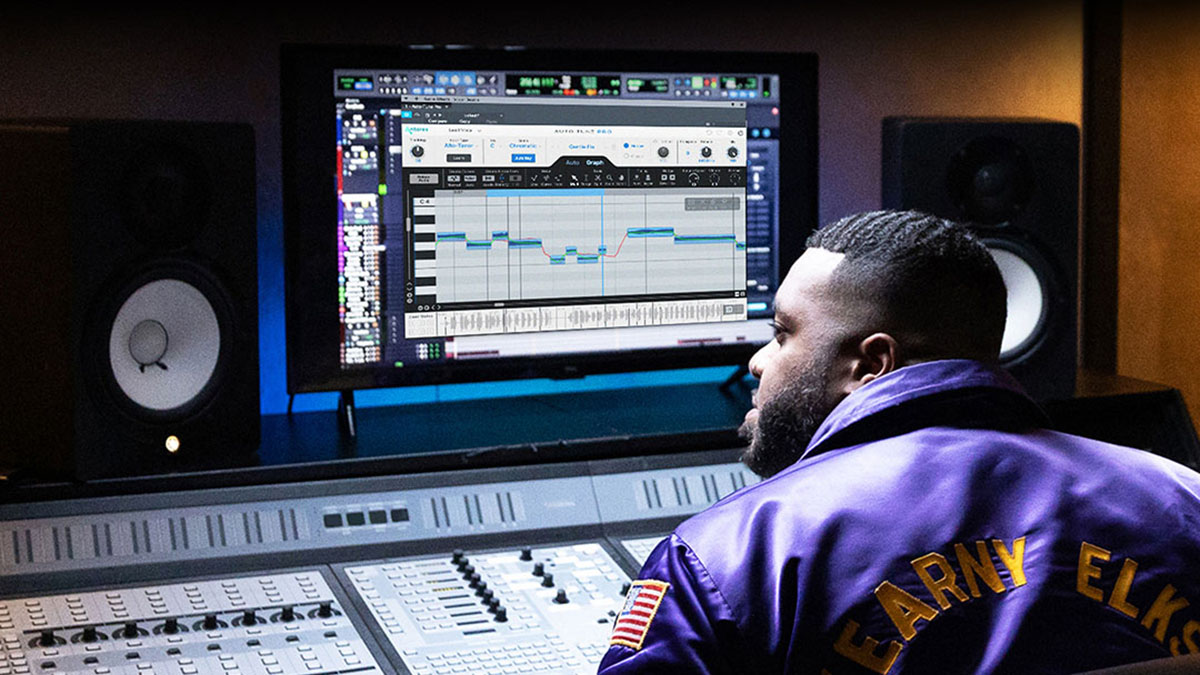
Best pitch correction plugins and apps 2022: software to improve or enhance your vocal recordings
As is often the way, it was the misuse of the process, set to its maximum amount, that got everyone’s attention. Cher’s Believe may have gone down in history as a gimmicky pop song, but extreme pitch correction is now ubiquitous and used across a wide variety of genres and it’s easy to see why. Its brutal, synth-like nature with a sound that seems to bridge human and machine, offers a more aggressive outcome than other voice-related effects such as vocoder or talkbox.
What’s more, with many developers and even DAWs offering this functionality as standard, it’s both available and affordable. Manipulation of audio pitch, timing, formants and so on has since been taken to new levels by software such as Celemony’s Melodyne.
Seeking out unusual old equipment or repurposing contemporary non-music-related systems are both ways to break boundaries
Contemporary DAWs offer a fully integrated production environment, and coupled with the proliferation of excellent plugins, some of which we consider in the following pages, deliver all the tools you need to create boundary pushing music. However, great though this is, you certainly don’t have to be a slave to a toolset that’s available to everyone.
Seeking out unusual old equipment or repurposing contemporary non-music-related systems are both ways to break boundaries. Or you could simply get your sounds from the real world or into the real world to process them. Here you’ll find outcomes are endlessly unpredictable and this can be precisely what you’re after. Either way, with so many affordable options it’s never been a better time to try and do something different and create something new.
Artists to check out
Although pushing boundaries is a subjective thing, we can still learn a lot from others, so if you’re stuck for inspiration, here are some suggestions. Liam Howlett (The Prodigy) loves to sample, but also loves to push sonics to the limit and retain a commercial edge.

On a sampling tip, Norman Cook (Fatboy Slim) has some great examples of manipulation and time stretching. For creative use of noise, distortion and general programming wizardry Richard D James (Aphex Twin) is a good start, particularly as he knits together so many musical styles. And if more ambient sounds are your thing, both Kieran Hebden (Four Tet) and Jon Hopkins create inspiring soundscapes with a dance edge.
For vocal trickery, biting leads and bending basses check out Skrillex, and for fast tempo Vocaloid sounds check out Japan’s Camellia. Finally, for angular sounds coupled with an innate pop sensibility, SOPHIE (who sadly passed away in 2020) was a gamechanger.
6 of the best extreme effects plugins
While much plugin development focuses on recreating the past, some developers really take advantage of the powerful options available to them. Here we’ve plucked six of the best creative and boundary-pushing softwares.
1. Celemony Melodyne

Platforms: Mac/PC | Formats: AU/VST3/AAX/Standalone | Price: from £99/$99
Pitch manipulation is available in so many forms, and everyone has their favourite tools for specific tasks. Nevertheless, the range of manipulation available using Melodyne is really in a league of its own, and if you opt for the more fully featured versions you’ll get direct note access for polyphonic instruments.
2. CableGuys Shaperbox 3

Platforms: Mac/PC | Formats: AU/VST3/AAX | Price: £89/$89
This excellent bundle of eight creative plugins includes much of what you need to reshape, mangle and generally repurpose your audio. Particularly handy are CrushShaper with its bitcrush, lo-fi and multiband enhancer, and also TimeShaper 3, which includes glitch-ready stutter, half-time, reverse, scratch and tape-stop effects.
3. Zynaptiq Wormhole
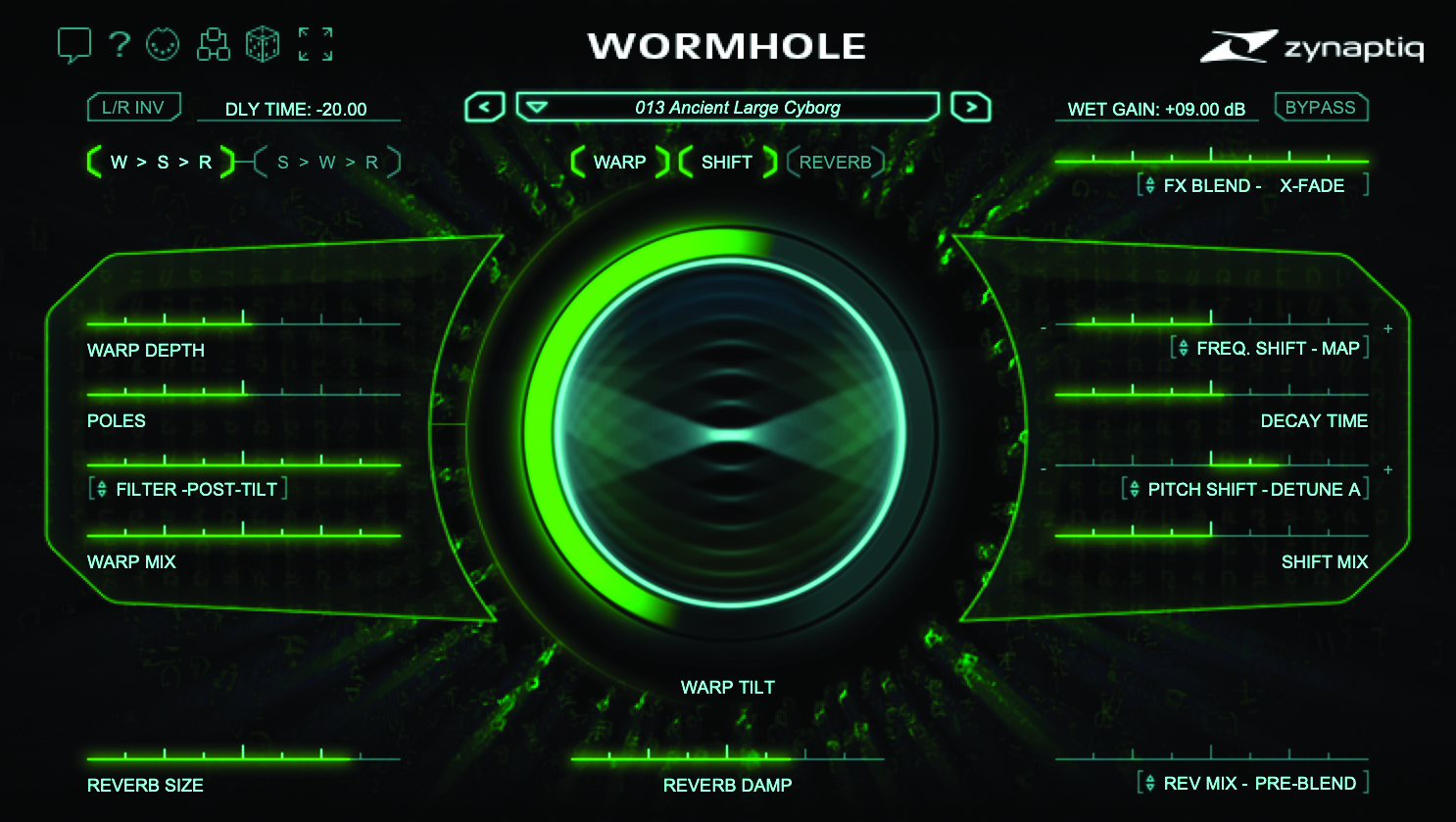
Platforms: Mac/PC | Formats: AU/VST/VST3/AAX | Price: $169/£199
If you’re looking for out-of-the-ordinary sonic transformations, this multi-engine powerhouse is for you. With spectral warping, independent pitch and frequency-shifting, dual-modulated reverb and wet/dry morphing the tools are there for all manner of extreme effects. For extreme pitch-shifting effects, Wormhole is hard to beat.
4. Waves Berzerk

Platforms: Mac/PC | Formats: AU/VST/VST3/AAX/Audiosuite| Price: $99/£99
The name here says it all. Berzerk couples 10 unique distortion shapes with an oscillator-based feedback section, dynamics, mid/side processing and global colour, providing all you need for creative destruction. And if you’re after something new, hit the Go Berzerk option to add random variations to the wave shape. Awesome stuff.
5. Output Movement
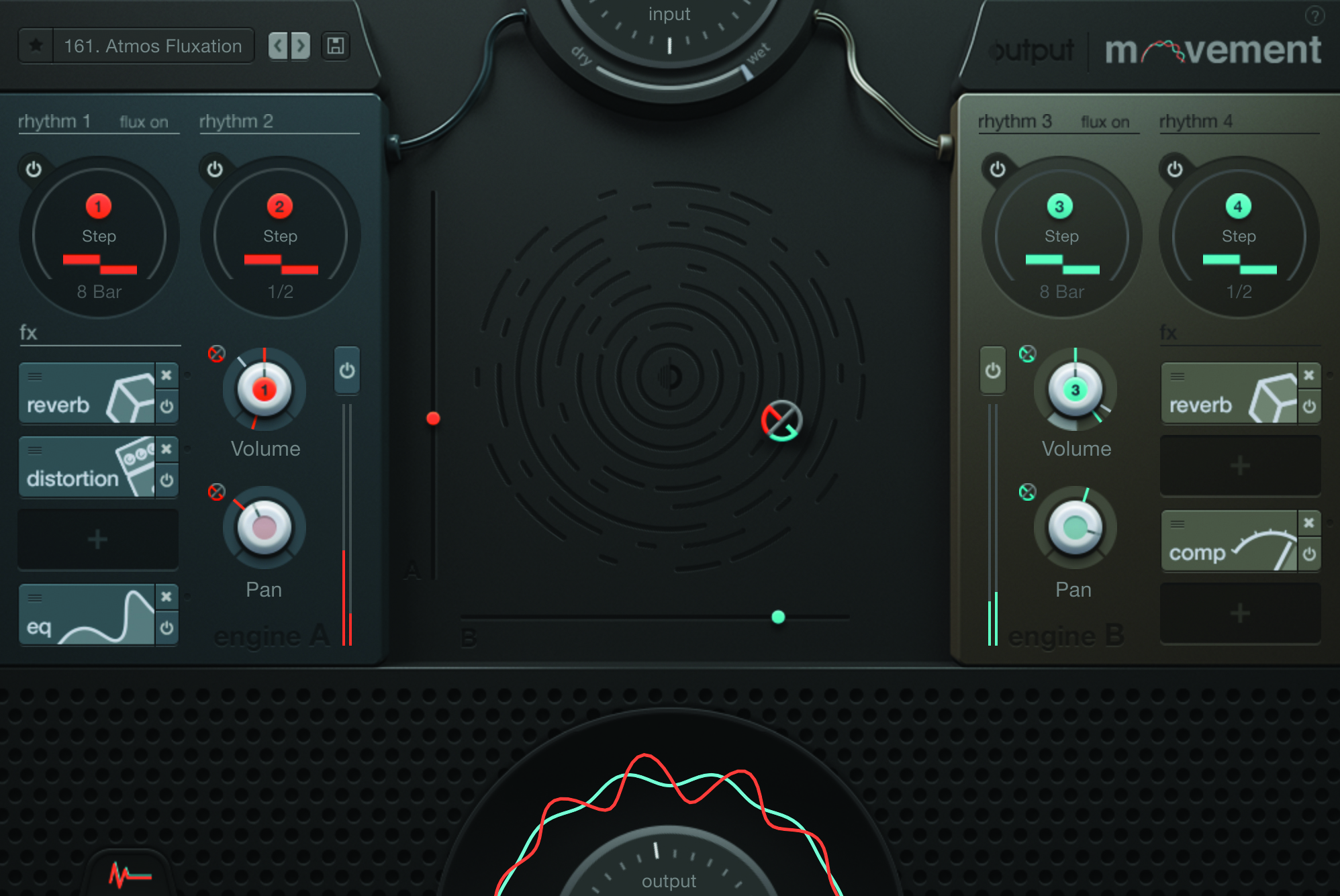
Platforms: Mac/PC | Formats: AU/VST/VST3/AAX | Price: $155/£131
With four synchronised rhythm engines and extensive modulation options, this feature-rich processor will apply crazy rhythms to your audio. Basics are handled by its step sequencer and LFO, but you’ve also got advanced side-chain modulation, macro controls, an XY performance pad and a bunch of effects modules. Movement is a massive processor.
6. iZotope Vocal Synth 2
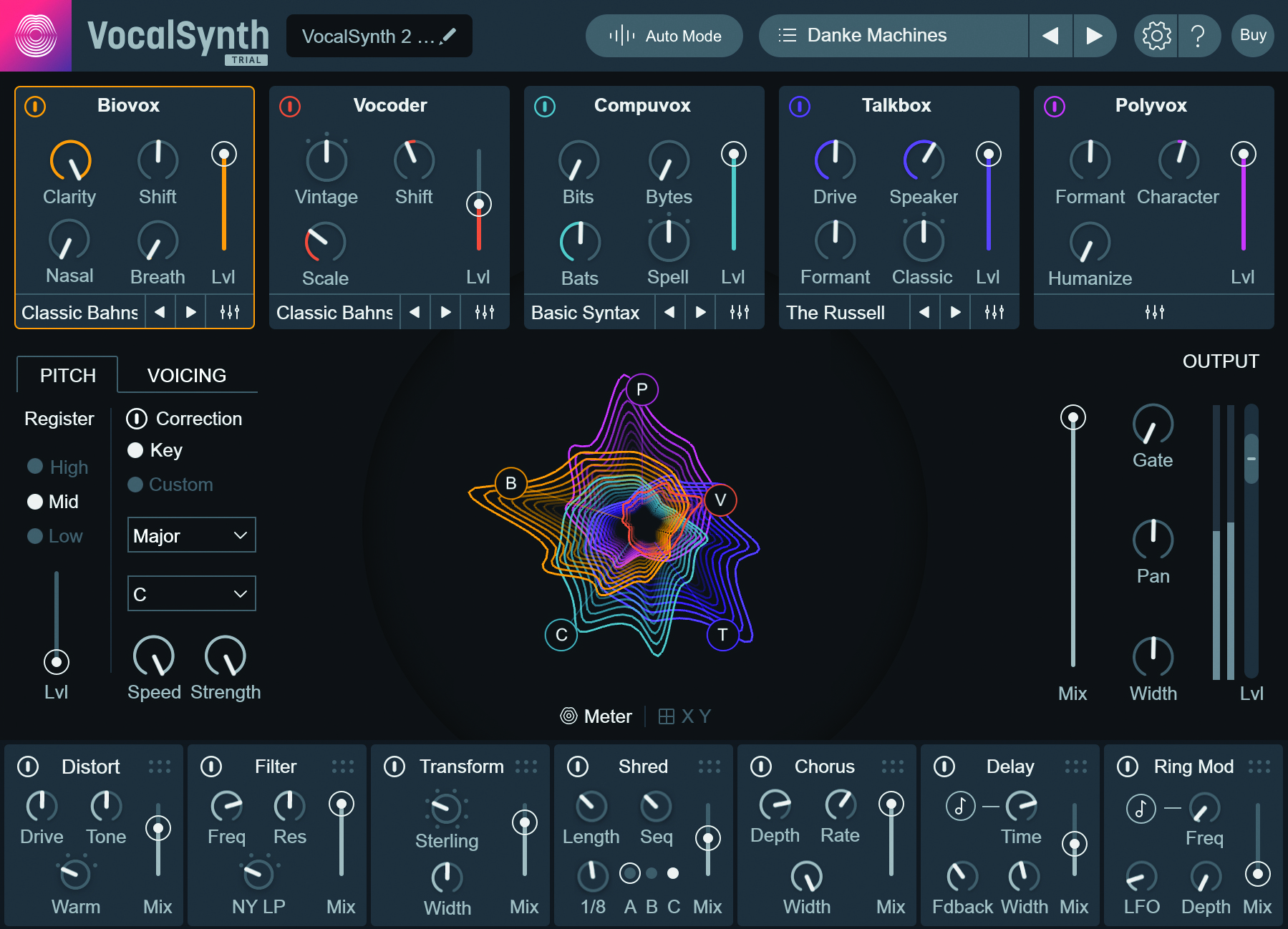
Platforms: Mac/PC | Formats: AU/VST/VST3/AAX | Price: $250/£212
iZotope produce some highly-creative plugins (Iris 2 synth and Stutter Edit for example). But for a creative tool with an extreme edge, we have to go for VocalSynth 2. This pitch correction ‘plus’ design gives you five modules (Biovox, Vocoder, Compuvox, Talkbox and Polyvox) and seven stomp effects to push vocals in all manner of directions.
6 of the best free extreme effects plugins
Fledgling developers are often a great source of plugin freebies. Here we’ve selected just a few amazing freeware plugins that can help with more extreme processing.
1. Creative Intent Temper
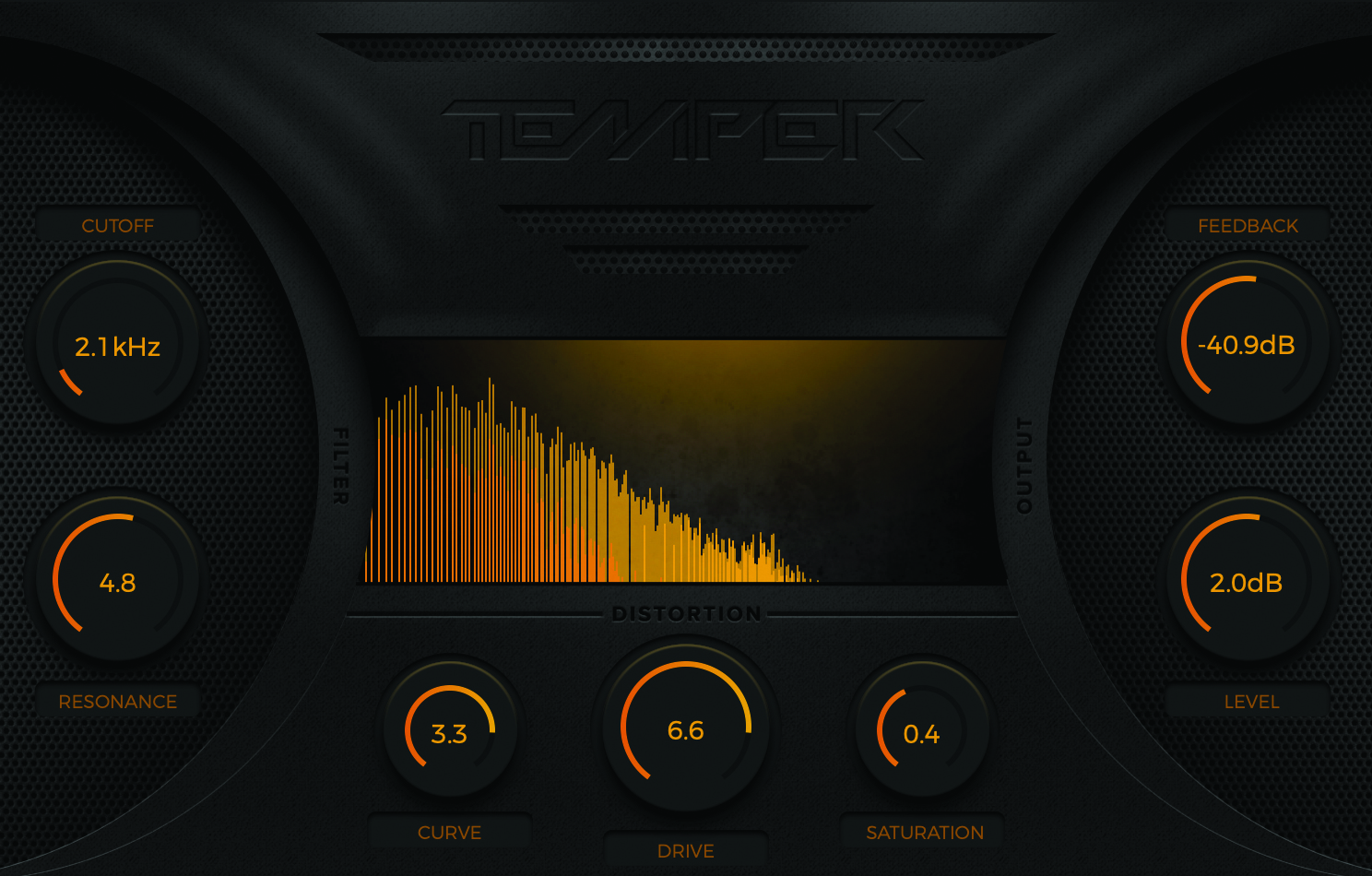
Platforms: Mac/PC | Formats: AU/VST/VST3/AAX | Download
Free distortion plugins are pretty abundant, but this example from Creative Intent includes both a rich saturation stage and its own unique phase distortion algorithm. Throw in a variable saturation curve, resonant low pass filter, adjustable feedback level and before and after visuals, and it’s a highly flexible processor.
2. Tritik Krush
Platforms: Mac/PC | Formats: AU/VST/VST3/AAX | Download
If you want a freeware bitcrush and downsampling solution then look no further than this excellent plugin from Tritik. The main controls include Drive, Bitcrush and Downsample, followed by a high or low-pass resonant Filter. Add in syncable LFO modulation for all parameters with handy halo indicators on the target parameters, and you’ve got a very well-equipped freebie.
3. GlitchMachines Hysteresis
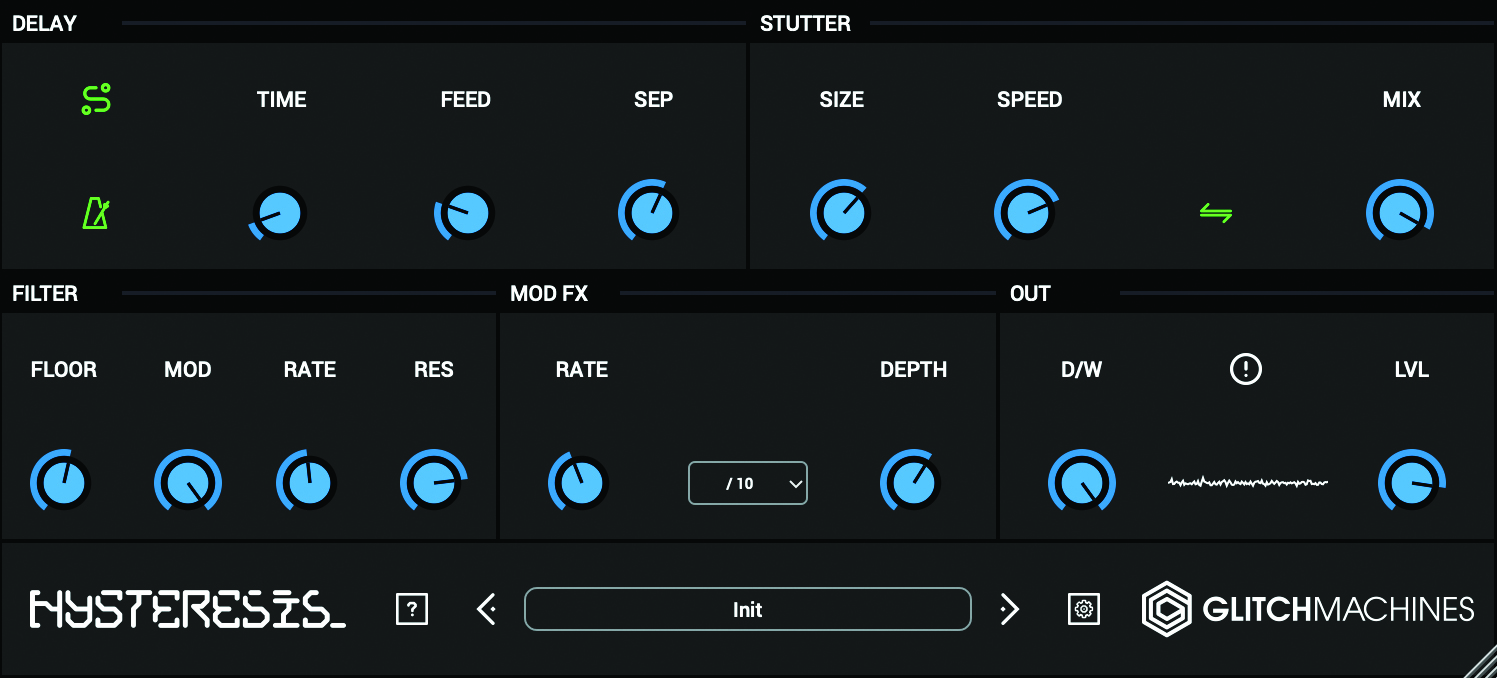
Platforms: Mac/PC | Formats: AU/VST | Download
Stutter effects offer users a fast track to unusual and creative sounds. Build one of them into the feedback path of a delay line, as Hysteresis does, then add in filtering and modulation and you’ve got something really quite unique. Reverse delays, noisy pitch shifting and granular effects are all within reach and with 60 factory presets, you’re good to go.
4. Igorski Fogpad
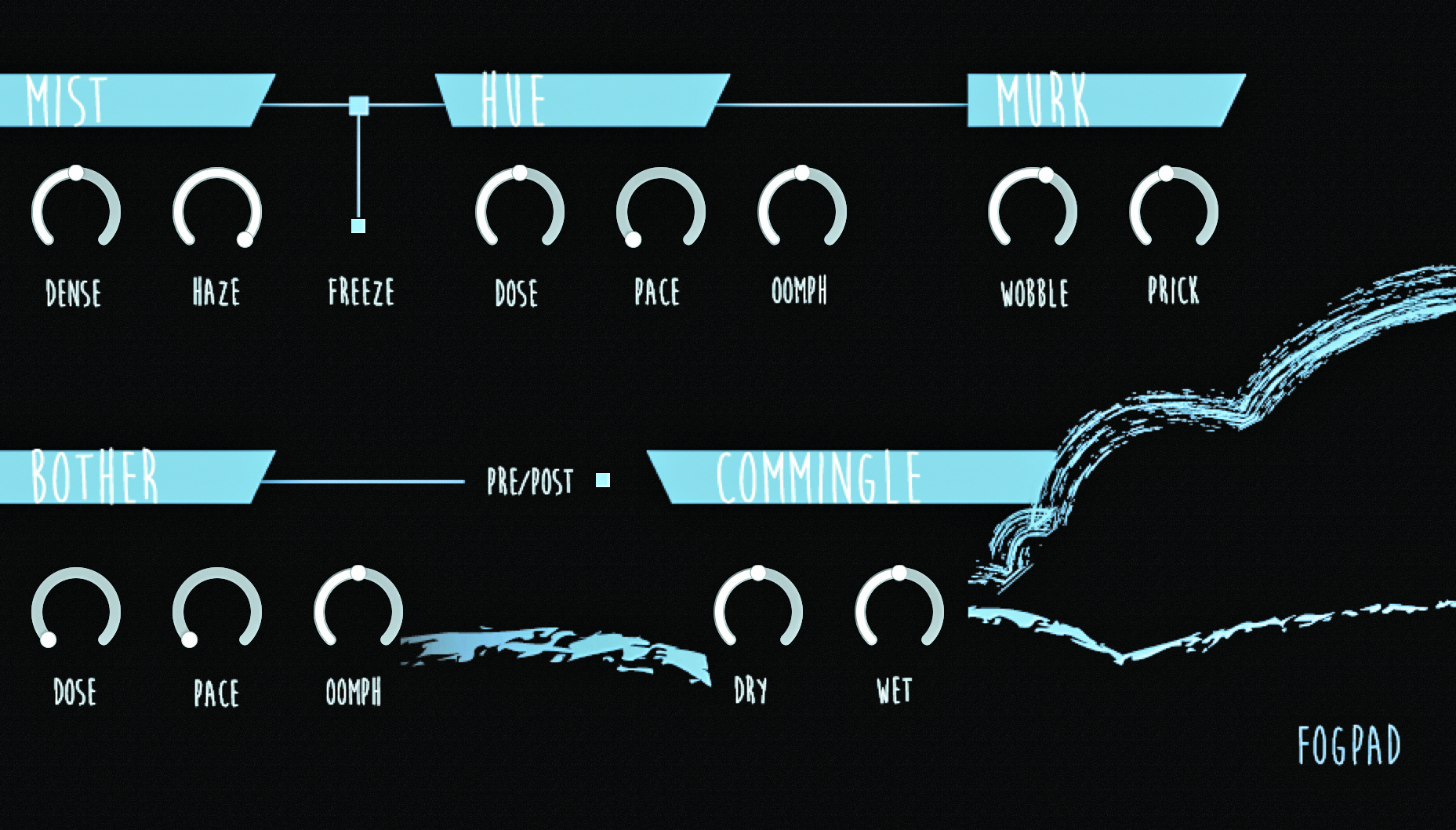
Platforms: Mac/PC | Formats: AU/VST/VST3 | Download
If you’re looking at the weirder side of extreme, then Fog Pad reverb should definitely be on your list. If the graphics don’t give the game away, the crazy labels will. A touch of Wobble and a smidge of Prick might sound odd but it’s all in a day’s work for this transformational reverb.
5. Daniel Gergely Emergence
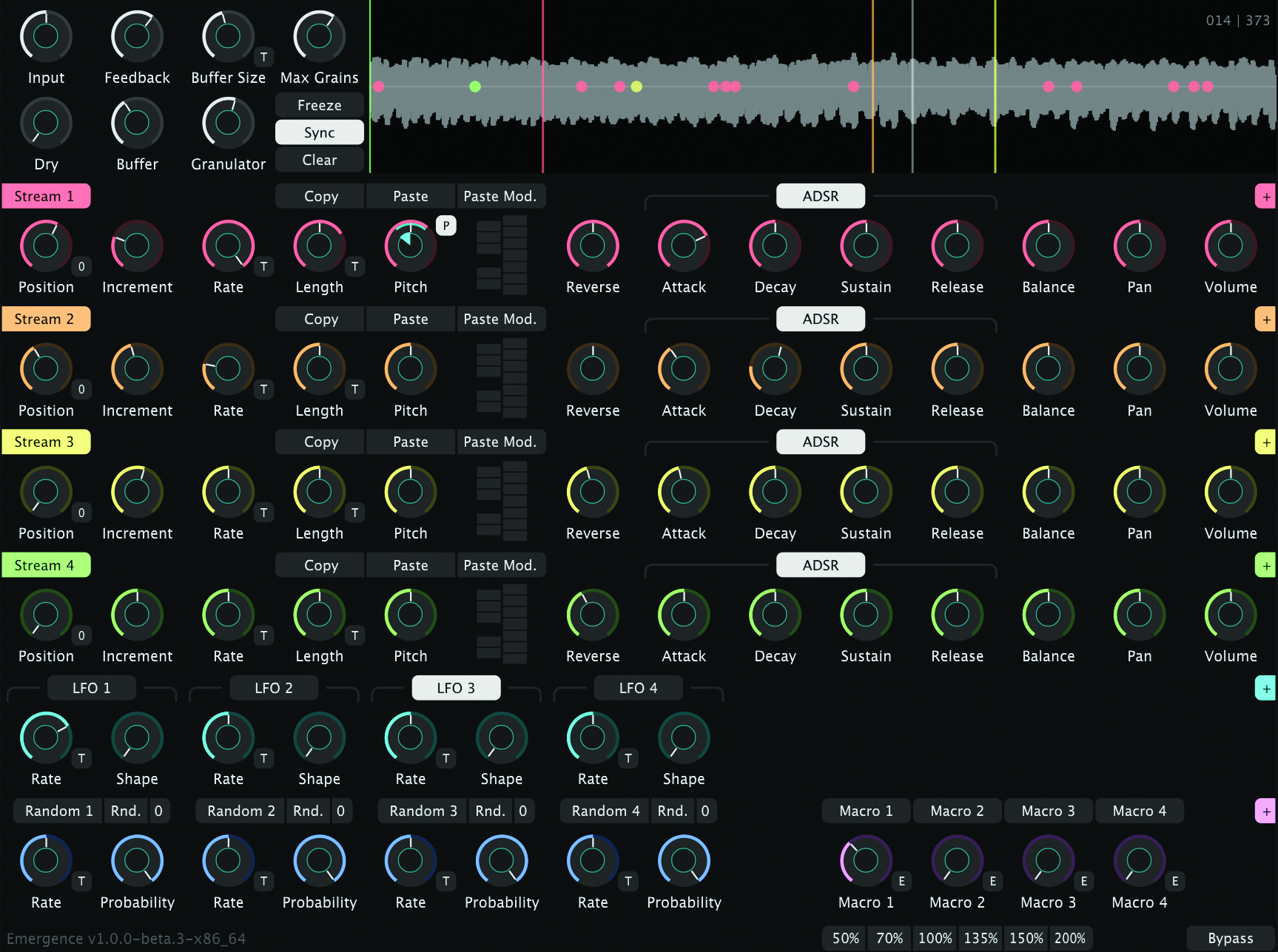
Platforms: Mac/PC | Formats: AU/VST3 | Download
Why have one granular process when you can have four? Well that’s the thinking behind this powerful yet easy to understand plugin. Global parameters such as maximum number of grains are joined by a raft of stream specifics including reverse, grain length and pitch, and ADSR envelope. Modulation comes from four LFOs and capping things off is a handy waveform display.
6. Melda Productions MRingModulator
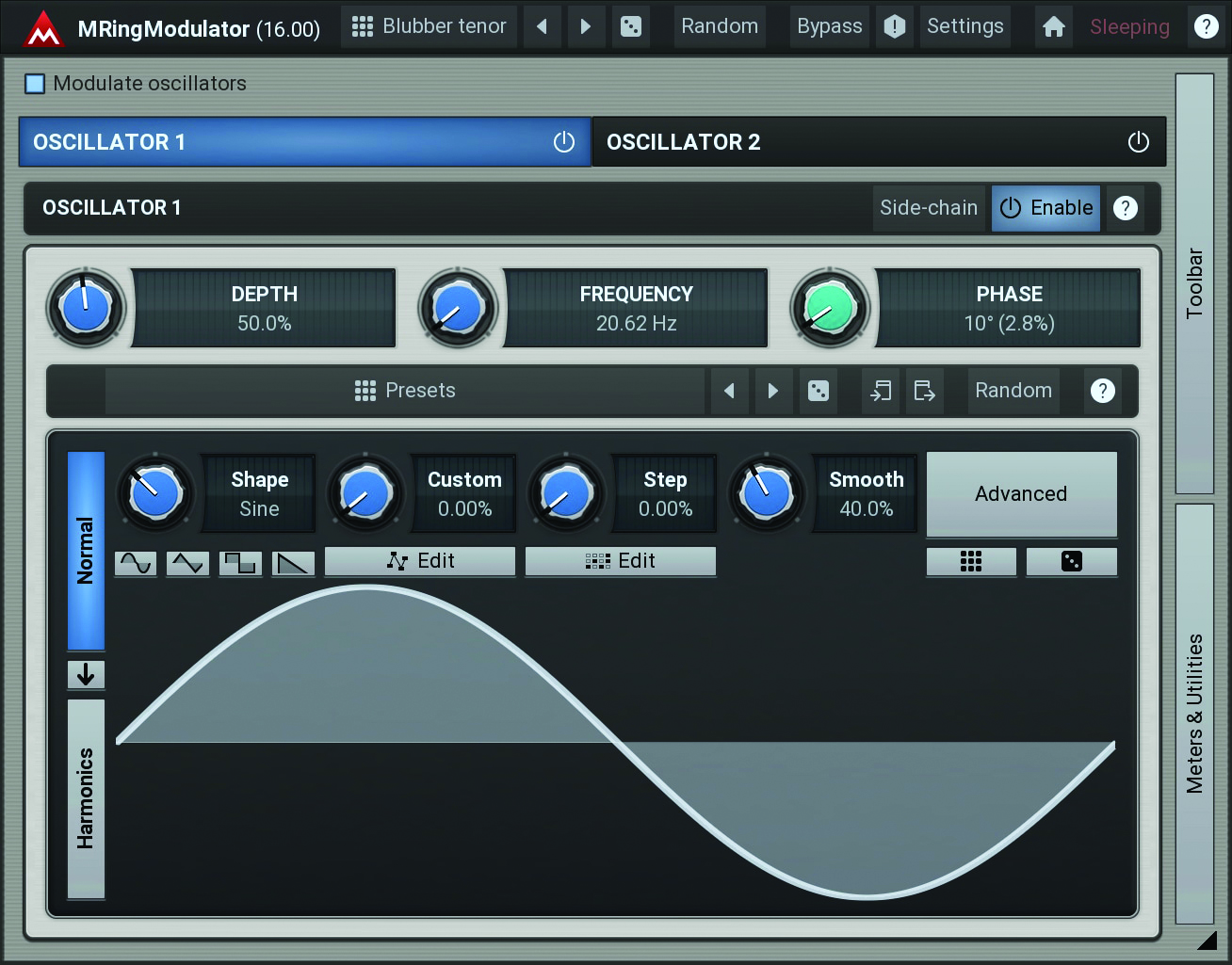
Platforms: Mac/PC | Formats: AU/VST/VST3/AAX | Download
Just one excellent plugin from an awesome freeware bundle that includes 37 effects. Create classic, edgy sounds using the pair of oscillators, draw in up to 256 harmonics manually or use the randomizer for more creative results. In typical Melda fashion you’ve got loads of deep parameters, plus parameter morphing and a whole bunch of presets to get things started.


Computer Music magazine is the world’s best selling publication dedicated solely to making great music with your Mac or PC computer. Each issue it brings its lucky readers the best in cutting-edge tutorials, need-to-know, expert software reviews and even all the tools you actually need to make great music today, courtesy of our legendary CM Plugin Suite.

